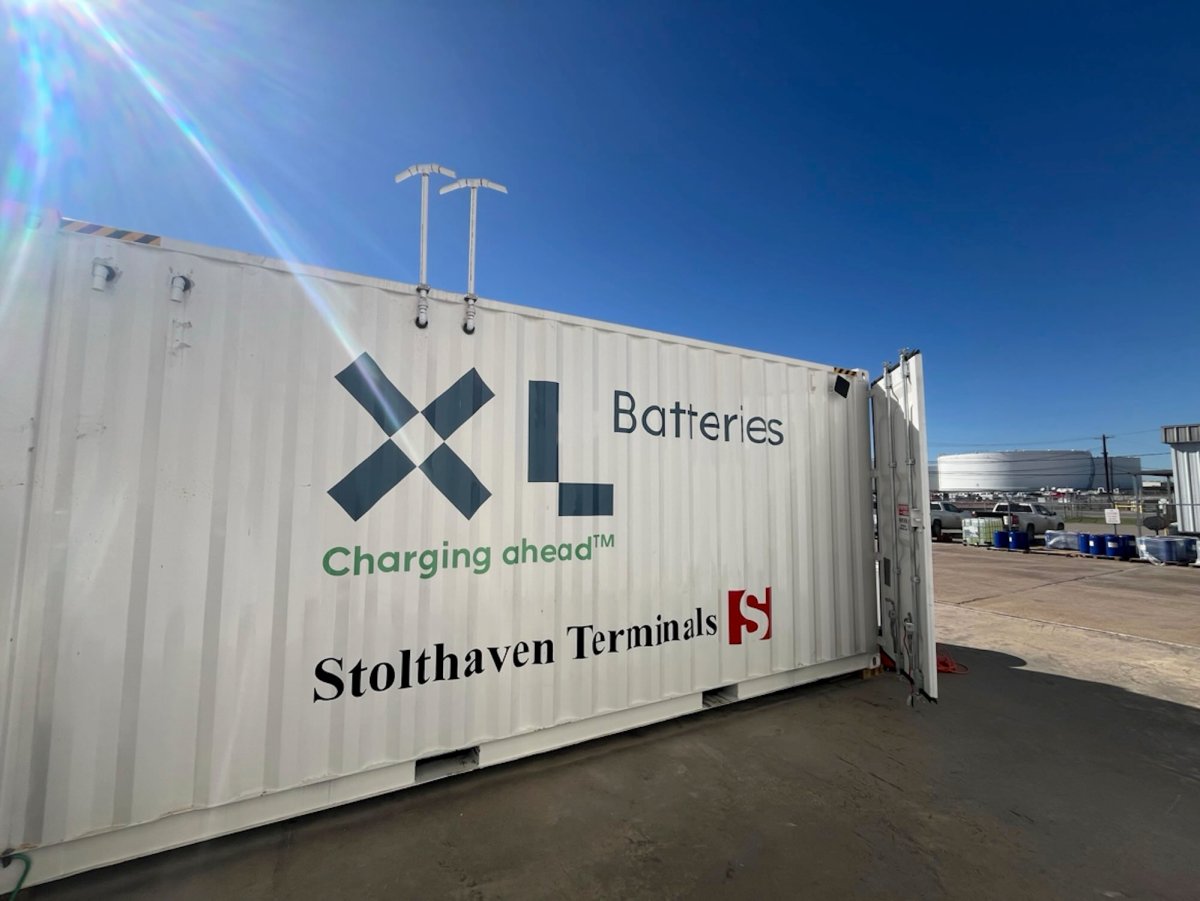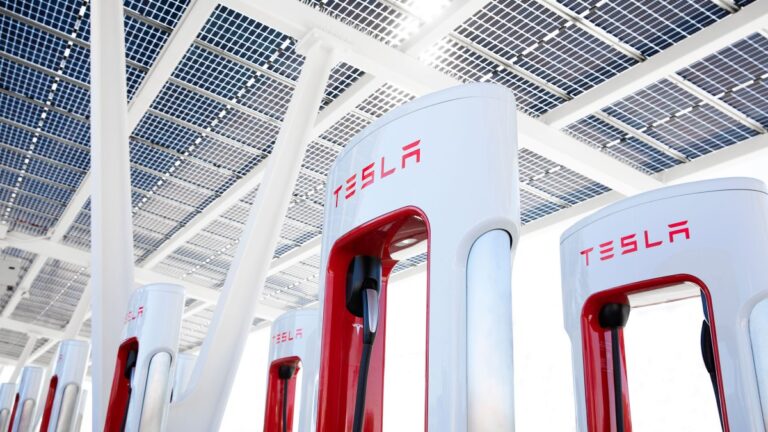Revolutionizing Energy Storage: How XL Batteries Leverages Petrochemical Infrastructure for Solar and Wind Power
In the quest for sustainable energy solutions, the emergence of organic batteries presents a promising alternative to traditional lithium-ion batteries. Despite numerous attempts by various materials to outperform lithium-ion technology, a new startup called XL Batteries may have cracked the code with its innovative approach.
XL Batteries: A New Approach to Energy Storage
Founded by Tom Sisto, XL Batteries aims to revolutionize the battery industry with its unique chemistry designed to be cheaper, safer, and more durable. Sisto, the co-founder and CEO, shared insights with TechCrunch about the company’s vision and the potential impact of their technology.
Targeting Grid-Scale Storage
While XL Batteries’ products may not be suitable for next-generation electric vehicles due to the weight of their storage liquid, the company is focusing on grid-scale storage solutions. This market prioritizes cost, safety, and scalability over weight and density.
- Demonstration Unit: XL Batteries is launching a demonstration unit for Stolthaven Terminals, known for petrochemical storage.
- Large Capacity Potential: The initial unit will be small, but the company plans to quickly scale up production. A pair of tanks at Stolthaven could create a 700 megawatt-hour battery, sufficient to power around 25,000 homes for a day.
The Technology Behind Flow Batteries
XL Batteries utilizes flow battery technology, which consists of two tanks connected by pumps to circulate fluids past a membrane. This design allows for efficient charging and discharging of energy:
- Charging: Ions are pushed to one side, storing energy.
- Discharging: Ions flow back, releasing electrons and generating power.
Despite being around since the late 1800s, flow batteries have faced challenges due to their bulk and cost. New advancements have improved energy storage, but high costs associated with corrosive fluids have limited their adoption.
Overcoming Challenges with Organic Batteries
Organic batteries, while promising, have struggled with stability and longevity. Many organic molecules tend to break apart when overloaded with electrons, making them impractical. However, Sisto’s research at Columbia University led to a breakthrough discovery of a stable organic compound that could serve as the foundation for a new battery technology.
Building a Sustainable Future
XL Batteries’ setup consists of a 40-foot shipping container paired with storage tanks, with the size of the tanks determining the battery capacity. The company’s design incorporates off-the-shelf technology, allowing for rapid scaling of production.
As XL Batteries looks to expand its partnerships, particularly with independent power producers in Texas, Sisto remains optimistic about the commercial viability of their technology. “We believe the project level economics of this are very compelling,” he stated.
For more information about innovative energy solutions, check out Energy.gov or learn about battery storage technologies.







